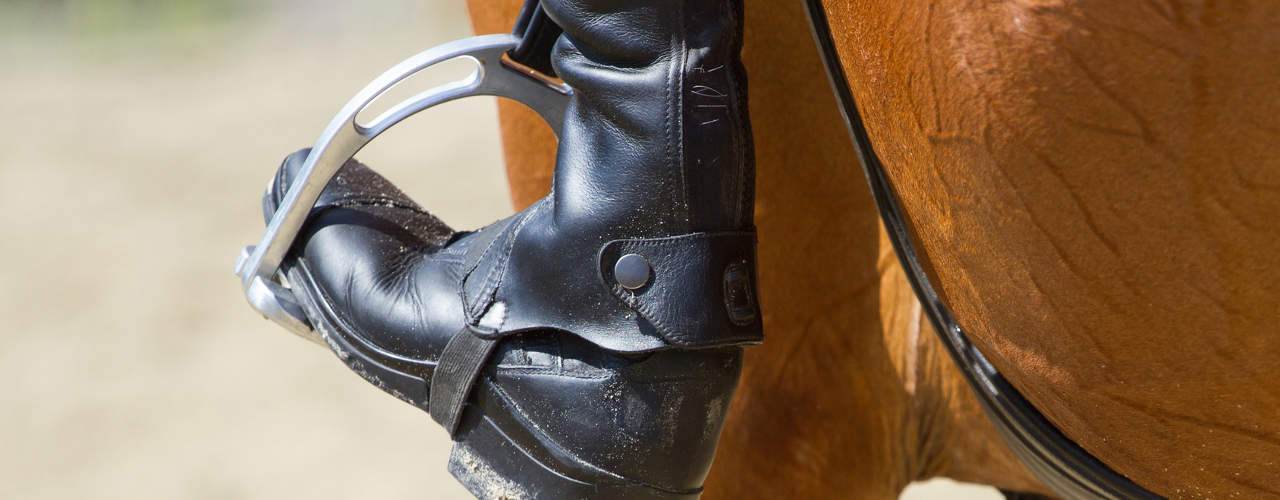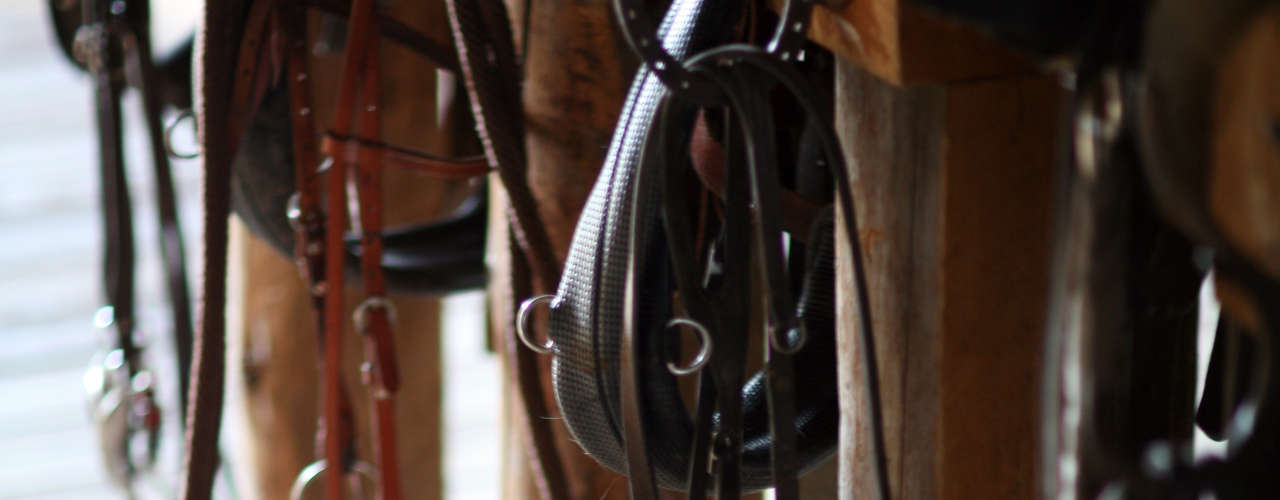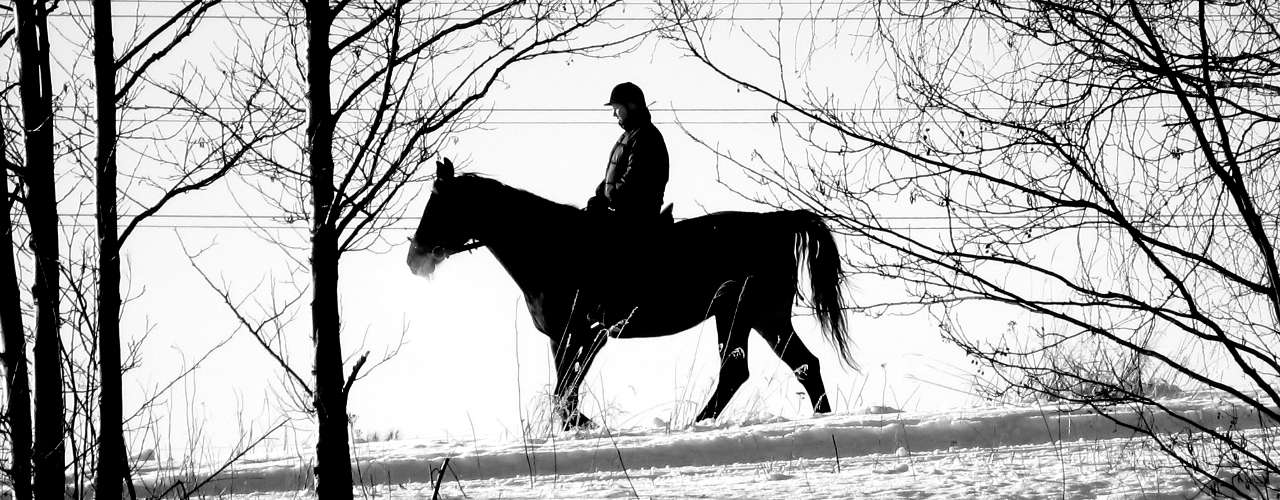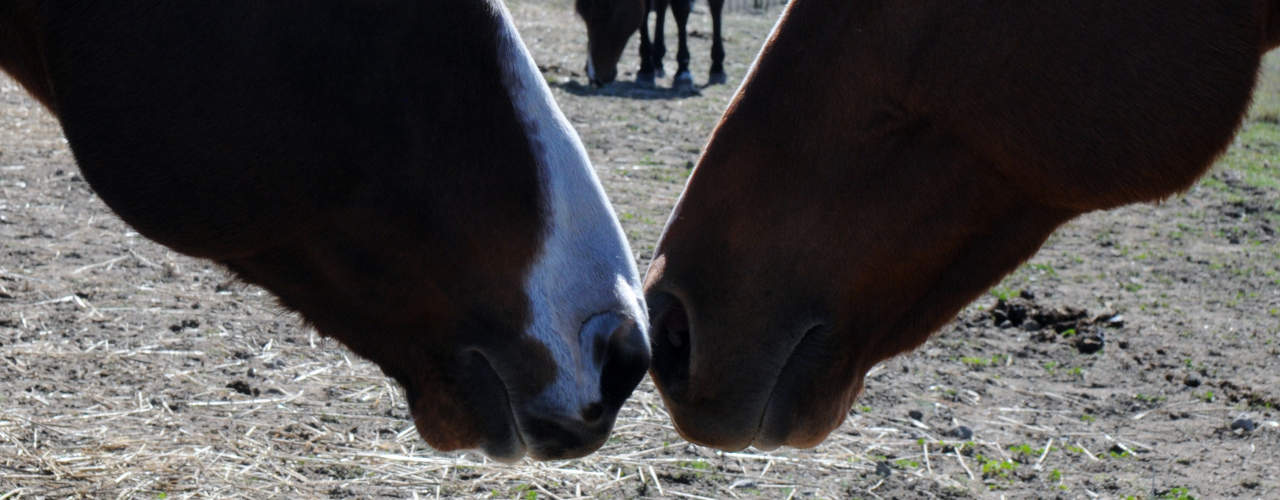How to feed forage during the winter months
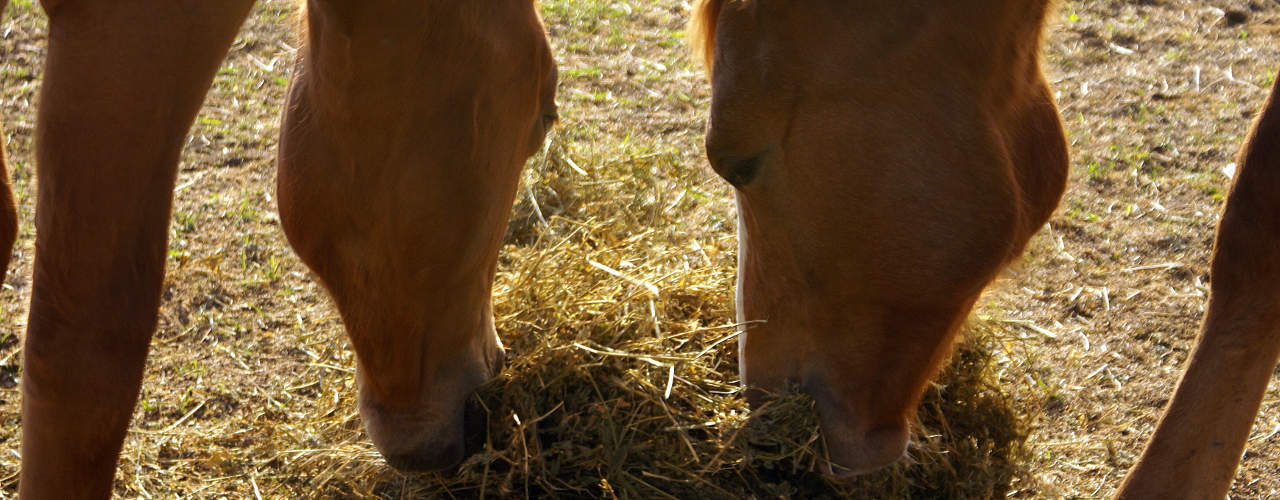
Us horse owners are notoriously opinionated, but even with a thousand different ways to do things, there is one reality that we all agree on: almost every horse will need its forage supplementing during the winter months.
Whether your equine is living in, out 24/7, or stabled overnight, the grazing at this time of year tends to be poor, and grass alone is rarely enough to get by on. As horses are designed to eat around the clock, this means that you’ll need to provide either hay or haylage too, but how best to do it?
Ensure quality. One of the most important things to consider when choosing a forage option is its quality. Anything you feed should be free from dust, mould, and foreign matter. One of the best ways to ascertain the nutritional value of the hay or haylage you’re buying is to have it tested regularly, as well as performing daily checks with your own eyes and nose to make sure that nothing is awry. You’re looking for forage that’s green and sweet-smelling and will want to avoid anything dusty, bleached, blackened, or mouldy.
Make sure that you remove the string In order to avoid the terrible danger of impaction colic, you also need to make sure that any hay or haylage you give to your equines is completely free from string or plastic. For some horses, this can be irresistible, and they may chew on it out of boredom and end up ingesting it. Should this cause an obstruction in the intestine, it could prove fatal.
Feed it regularly. Horses should have ad lib forage available at all times, and when the winter months mean that this cannot be provided by a natural source, you need to take over and do the job that Mother Nature has vacated. This will enable your equines to mimic their natural feeding and digestive patterns in order to maintain gut health and avoid ulcers. For those with good-doers, slow feeding down without stopping it entirely by using small-holed hay nets or hay bags, which can be doubled up for optimum effect. These should ideally be filled with mature timothy or grass hay rather than protein-rich alfalfa and clover alternatives, and can also be soaked if necessary.
Check your ground. In an ideal world, horses should be fed from the ground to mimic their natural grazing stance, but you may want to use a hay net, hay bag, or round feeder instead if your field is wet and boggy, or has sandy or gravelly soil. This is especially important in the latter case, as ingesting such materials could lead to a life-threatening case of impaction colic. Try putting mats underneath these for added protection in case your horses pick up the inevitable bits of fallen hay or haylage beneath where you’ve hung them.
Space it out. If you’re one of the many who needs to feed in the field, it will also be important to space out your hay nets or the piles of forage that you toss over the fence. This will ensure that even the horses at the bottom of the pecking order get the chance to grab something to eat and that those at the top don’t get to monopolise all of the good stuff you provide. We recommend placing these at least fifteen feet apart to avoid squabbles. This has the added benefit of encouraging movement in a way that mimics the action of natural all-day grazing patterns.
Follow these top tips and you’ll have a happy, healthy, and content horse even in the darkest days of winter.
(Photo Credit : Daniel McDermott @ Flickr)

